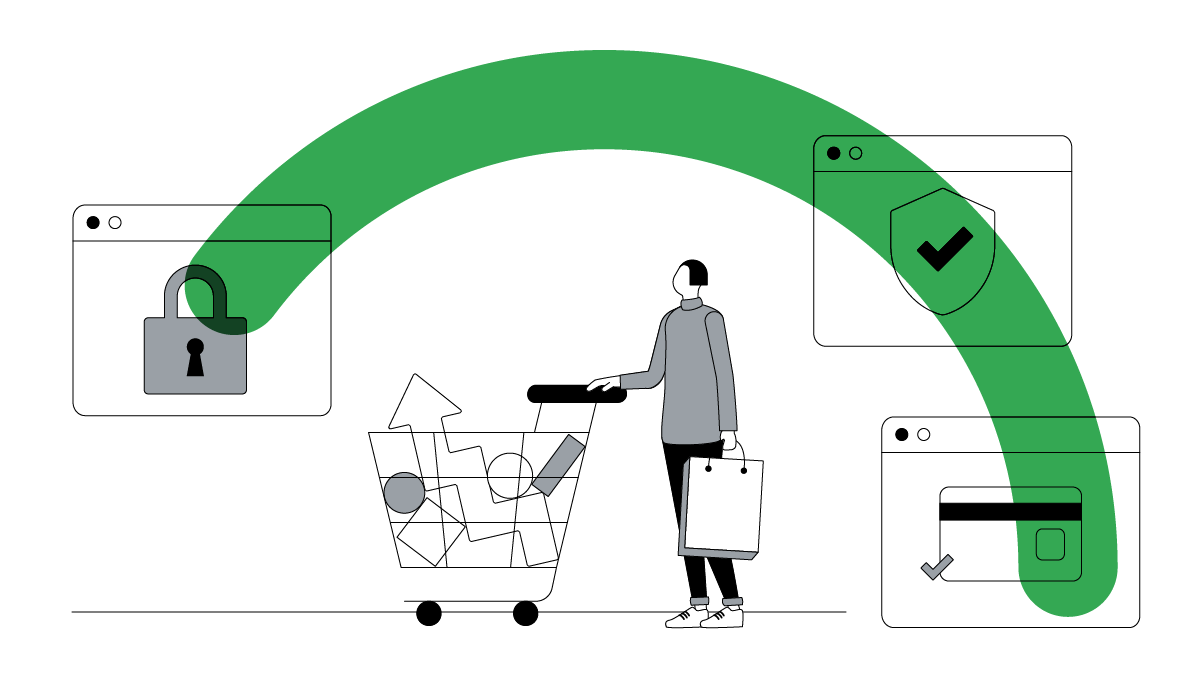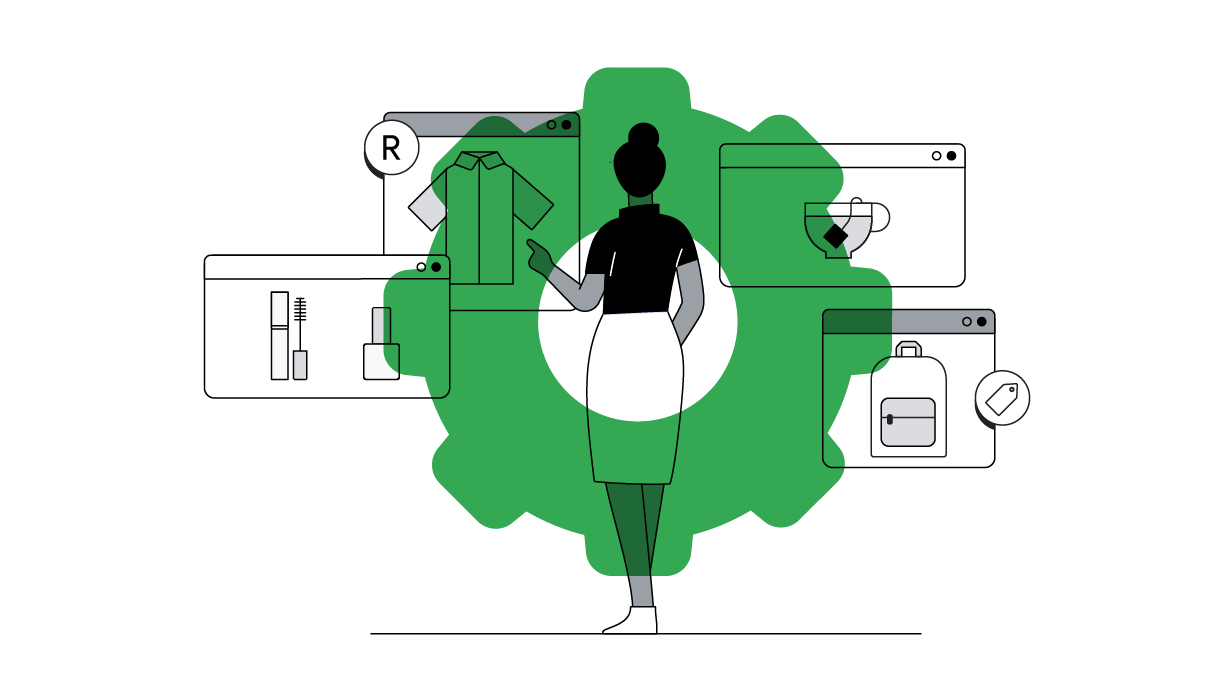When we think about the way we market a product — any product — we always need to remember that there isn’t a single, monolithic ‘audience’ waiting to hear about it. It’s always important to keep in mind that your customer could be anyone. Because of this, marketers need to make sure that their marketing works for everyone — which isn’t the same as trying to impress everyone. It’s about baking diversity into everything we do.
In a country like South Africa, 52% of smartphone users are female. Other emerging economies aren’t too different.
‘But what about the digital gender gap?,’ you ask. A digital gender gap is the difference in access to the internet and smartphone ownership between genders in the population of any country. There could be a number of reasons for this, from affordability to restricted access to (technical) education. Add to that socio-cultural norms and inherent biases and you're left with a wide divide across gender lines. While low- and middle-income countries still struggle with a digital gender gap, many are working to bridge this divide, including South Africa.
Take smartphones, for example. Who are you planning to reach on these devices? Well, whoever it is, you should assume they are ready to hear from you. In a country like South Africa, 52% of smartphone users are female.1 Other emerging economies aren’t too different. According to the 2019 GSMA Mobile Gender Gap Report, 1.7 billion women now own a mobile phone in low- and middle-income countries, and over a billion of them use mobile internet.
Include intentionally or exclude unintentionally
So how do you go about creating more inclusive marketing messages? The first step is to strive to build a marketing team that represents as diverse a range of groups as possible. Your marketing team shouldn't only be diverse; the team members themselves should also hold diverse perspectives. Furthermore, these perspectives should be embraced and encouraged at all times.
Credible and authentic information about what your audience likes, dislikes, wants, and needs is the lifeblood of any marketing campaign.
“If your employees represent different genders, ages, races, political beliefs, ethnicities, physical abilities, sexual orientations, and so on, your campaigns will be authentic without even trying,” NCR Corporation's Marija Zivanovic-Smith told Forbes Magazine. “Inclusion comes naturally when your company lives it.”
Credible and authentic information about what your audience likes, dislikes, wants, and needs is the lifeblood of any marketing campaign. Campaigns geared at women — or any other group — are no different. This prevents you from falling in a chin-deep whirlpool of stereotypes, which may put new audiences off, rather than attracting them.
We must do the due diligence necessary to understand what our customers want rather than using proxies like gender to decide for us.
Ditch traditional segmentation, understand interests first
We shouldn't be quick to begin with gender when deciding how we speak to our customers or what their interests are. Boston Consulting Group's Partner & Associate Director for Customer Centricity, Gaby Barrios talks to this in her TED Talk on gender-based marketing. In an example about sportswear she says: “If a person is competitive, they need the product to perform for them in their moment of need or action, regardless of gender. On the field, their needs are not different.”
Needs, interests, or passions should not be assumed. We must do the due diligence necessary to understand what our customers want rather than using proxies like gender to decide for us.
The good news is these needs, interests, and insights are abundantly available online. You can always dive deeper by running your own customer insights surveys or even testing different audience groups to see what works for your product. Nothing beats knowing what a customer likes, dislikes, what they have an interest in or are shopping for, and then speaking to them about that.
Share our link, thinkwithgoogle.com/ssa with colleagues and industry friends and be sure to follow us on social media. We're @GoogleAfrica on Twitter, Think with Google on LinkedIn, and Google Africa on YouTube. Check out some recommended stories below to read more.






